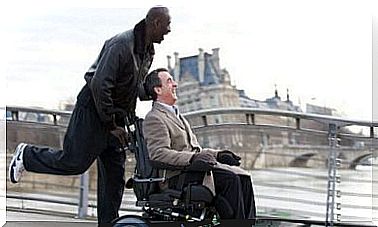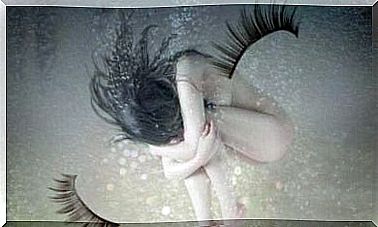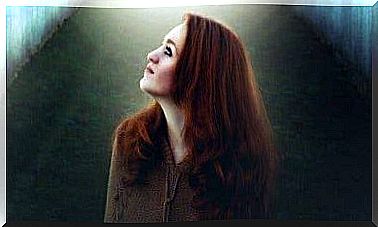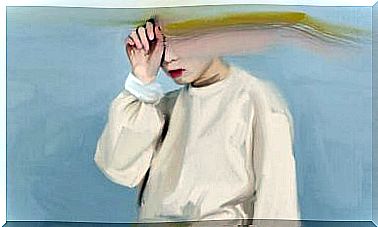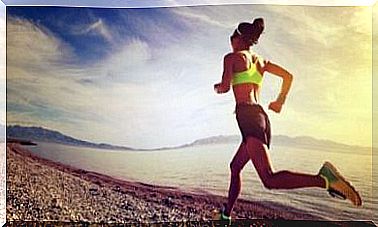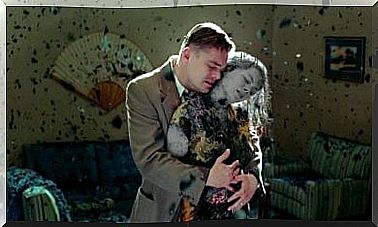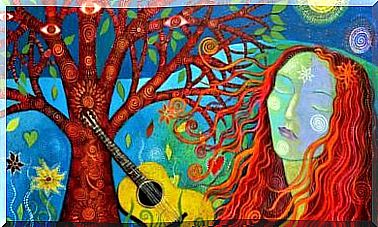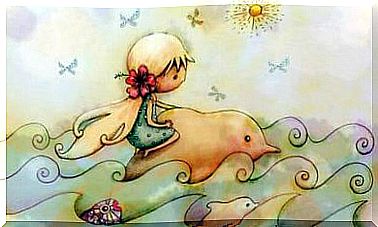Micro-expression According To Paul Ekman: What Are They?
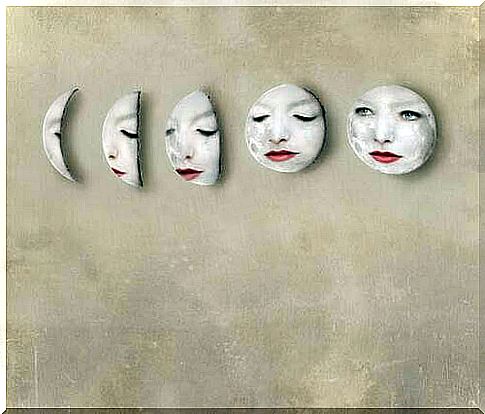
Paul Ekman is considered one of the most prestigious and influential psychologists of the 21st century. He is a leader in areas such as the discovery of lies and the relationship between emotions and facial expressions. In addition to all that, he is a co-discoverer of micro-expressions. In this article we will talk about microexpression and Paul Ekman.
Ekman says that we use micro-expressions during conversations. These can go unnoticed by the potential recipient, and often do. They are very short facial movements that are not controlled by the person. They represent different emotions, which we will discuss below.
From facts to theory
Paul Ekman is one of those who knows best how genuine expressions are painted on our faces.
After years of publishing about emotional traits, he received funding for a project that became the turning point for his career. This helped him to study, in situ and in depth, the origins of emotions in more than 20 cultures.
His results allowed him to establish his most well-known generalization: emotions are not cultural, but biological. Therefore, they are universal and the result of genetic expression.
Thanks to these genes , certain muscle groups in the face can contract at the same time. They follow a certain pattern depending on the emotional state the person is in. If you are happy, you will make radically different movements than if you are overwhelmed by fear. This in turn gives rise to two other ideas.
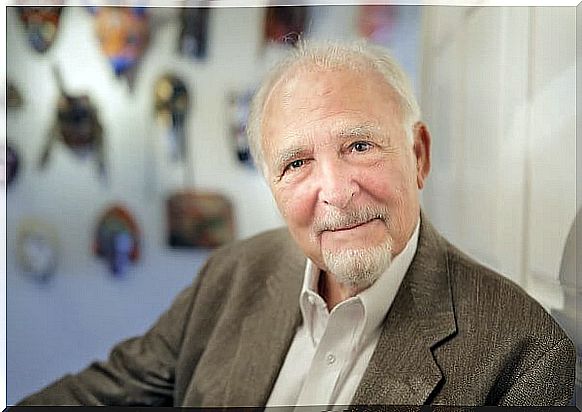
Micro-expression according to Paul Ekman: universal and connected to emotions
The first is that micro-expressions occur in a similar way in all people. All people, regardless of culture, development, the way they were brought up or how they spent their childhood, for example, open their mouths to express surprise.
The second is that there is a group of universal emotions that are closely linked to these small gestures. A small smile, a crooked eyebrow, a sudden twitch in the nose… All these small variations in the facial muscles. They are practically undetectable and involuntary, and in most cases they are a reflection of our emotions.
Therefore, Ekman’s central idea is that because there are well-defined emotions and predetermined ways of expressing them, it is quite possible that other people can recognize them, understand them and even use them for different purposes.
Micro-expressions that represent emotions
We need emotions to make decisions, communicate, understand others and assure the transmission of our genes. With this in mind , Ekman identified up to 10,000 different expressions. In 1978, he classified them together with Wallace Friesen in what is called the Facial Coding System (FACS), based on the muscle anatomy of the face.
Can you see what feeling a person uses if he wrinkles his nose? Can you see if someone is scared just by looking the person in the eye? Let’s take a look at the micro-expressions that Paul Ekman considers to signal the six universal emotions:
- Happiness: raising the cheeks. The corners of the lips are pulled back and lifted up. Wrinkles on the skin under the lower eyelid. Wrinkles between the nose and upper lip and at the edges of the eyes.
- Disgust: lift upper lip. Generally asymmetrical. Wrinkles on the nose and the area near the upper lip. Wrinkles on the forehead. Elevation of the cheeks, which wrinkles the lower eyelids.
- Anger: raising and contracting of the eyebrows. Raised upper and lower eyelids. Tight lips. Sometimes the mouth is open.
- Surprise: the eyebrows are raised, arranged in a circular position. Tension of the skin under the eyebrows. Open eyelids (upper raised, lower lowered). The jaw is lowered.
- Grief: the outer side of the eyes are angled down. The skin on the eyebrows in the shape of a triangle. The mouth pores are lowered, the lips can even shake.

Learn to detect lies in 32 hours
Paul Ekman says that the most common reason people lie is to avoid punishment for breaking a rule. He believes that given the concerns we have about honesty, micro-expressions can help us discover lies others are trying to tell us.
These micro-expressions last for 1/25 of a second. If the human eye is not trained, the expression will not be detected. To demonstrate this, the psychologist decided to test 15,000 people. He showed that 99% of the participants could not perceive these expressions.
From there, he began to emphasize the potential consequences of being able to read these micro-expressions. That’s why he started giving workshops on how to come up with liars and discover the micro-expressions that reveal them. The most surprising thing is that he assures that it is possible to learn how to detect lies in just 32 hours!
The key is to identify the variations / dissonances of a person’s normal behavior. For example, if someone confirms something and at the same time lifts a little on the shoulders, it is probably a lie. The same applies if the person scratches his nose or moves his head to the side.
However, nothing is 100% reliable. There is always a small margin of error. Author Roberto Espinosa points out that reliability depends more on the person analyzing than the person gesturing: “It is said that there are no bad liars, only good experts.”
How micro-expressions are automatic
When it comes to detecting micro-expressions, it helps that they are automatic. They can therefore not be completely hidden. You can try to hide them for a while, but it is basically impossible to mask them evenly. Even the most deceptive and habitual liars can not control their subconscious continuously. Sooner or later, they will reveal themselves to a trained eye.
And although exercise is important for interpreting micro-expressions, it is sometimes not so simple. In practice, discovering them involves paying close attention to the person. You practically have to stare at him and observe the person from a distance… All this can be uncomfortable for the person being evaluated.
Furthermore, “informative noise” can sometimes affect us. This masks our gestures, which is why it is sometimes necessary to use a specialized team to record observations.
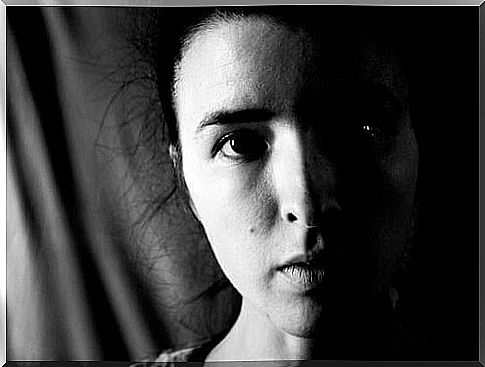
Exercise helps us develop other abilities
According to Paul Ekman, training in discovering micro-expressions can help us develop other social and emotional skills. These skills include emotional intelligence and empathy, as well as better emotional management.
Being skilled and quick at identifying these small expressions helps us recognize certain behaviors and appreciate other people’s feelings. It also helps us to become more aware of and express our own feelings more accurately, which increases the chance that others will understand us.

